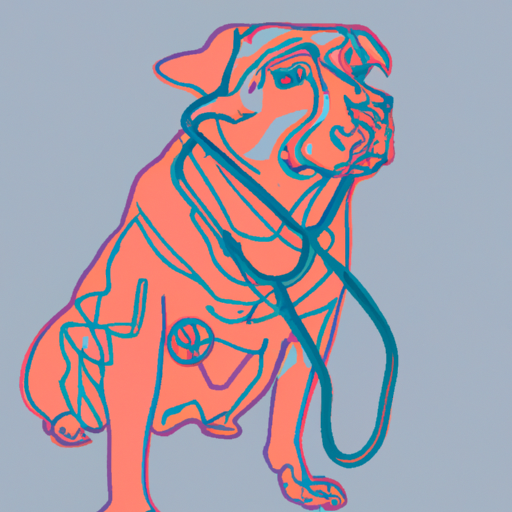Canine Chagas disease, a potentially life-threatening condition caused by the parasite Trypanosoma cruzi (T. cruzi), is thought to infect between 2% and 6% of dogs in the southern US. However, rates of infection could be as high as 20%-30% in rural areas, communal kennels, or among working dogs that spend most of their time outdoors, according to a leading expert.
Rick Tarleton, a regents professor at the University of Georgia’s Department of Cellular Biology, estimates that there could be between three quarters of a million to a million infected dogs across the US.
The T. cruzi parasite is predominantly found in temperate climates in the Americas, particularly Latin America, although in the US it is more common in the South, where the insect hosts it relies on are more likely to thrive.
The disease is spread by triatomines, also known as kissing bugs, which can transmit the T. cruzi infection to humans or dogs. Dogs are at particular risk due to their lifestyle and potential interactions with the bugs. For instance, dogs often eat these bugs or clean themselves in areas where the bugs have been or left droppings.
Symptoms of T. cruzi infection in dogs can include lethargy, weight loss, or a lack of appetite. As the disease progresses, it can cause serious heart issues and even sudden death. Unfortunately, the symptoms of T. cruzi infection in dogs are often subtle and not something most veterinarians routinely test for.
Prevention of the disease is challenging, particularly for dogs that spend a lot of time outdoors. However, dog owners in high-risk areas can use insecticides to limit their pet’s contact with the triatomine bugs that spread the infection.
Treatment for T. cruzi infection in dogs is similar to treatment for humans, typically involving an antiparasitic medication such as benznidazole. This medication has proven effective in treating dogs during the initial acute phases of infection, but less so in chronic cases.
At present, benznidazole is only approved for use in humans in the US and must be prescribed off-label for dogs. Consequently, there is a pressing need for a commercial version of the drug for dogs, as well as for more common-use diagnostics and further testing to illustrate the safety and effectiveness of available drug treatments.

